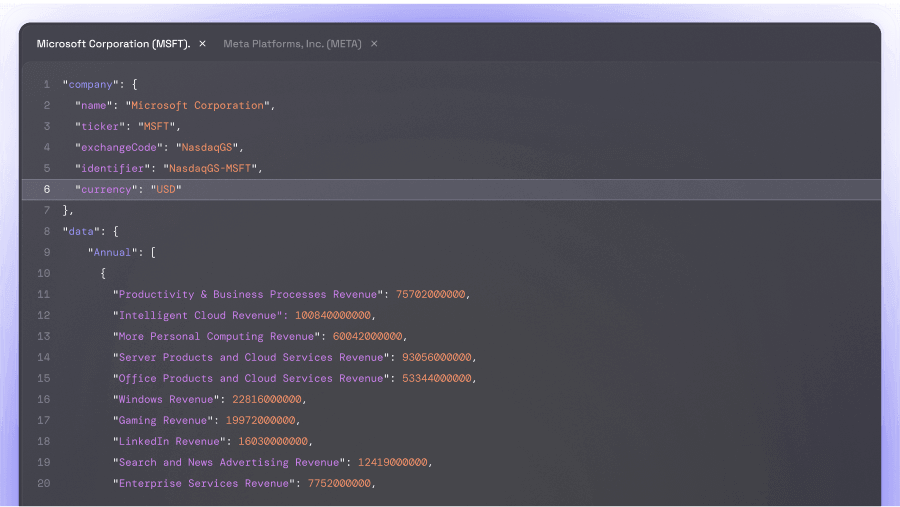Data-Based Interest Rate Decisions: A Balancing Act for the Fed
Eulerpool Research Systems •Oct 17, 2024
Takeaways NEW
- It is criticized that retrospective data increases volatility and makes the Fed's decision-making uncertain.
- The Fed pursues a data-driven interest rate strategy that receives mixed reactions from investors and economists.
The decisions of the US Federal Reserve are currently characterized by a data-driven strategy. Chairman Jerome Powell has repeatedly emphasized that interest rate decisions depend on the most recent economic data. This may seem logical, but within monetary policy, this approach is unusual. Powell’s stance of focusing more on incoming data has caused discontent among some investors and economists. They demand more determination and clear perspectives for the coming years to make the direction of Fed policy more transparent.
Critics argue that reliance on often retrospective economic data increases volatility and provides an uncertain basis for decision-making. Drew Matus from MetLife Investment Management highlights that the quality of the data has declined and revisions often lead to adjustments that change the overall economic picture. Additionally, inflation experts consider a forward-looking perspective essential to address both risks and critical questions.
The post-pandemic economy, meanwhile, behaves like a hard-to-tame wild beast, consistently surpassing forecasts. In 2021, inflation was considered temporary, but it only fell below the three percent mark in November 2023. Despite initial recession forecasts, the economy grew by almost three percent in 2023. Andrew Levin from Dartmouth College emphasizes that a clear forecast significantly contributes to unfolding the impact of monetary policy on the entire interest rate structure.
Another example of unstable data conditions is evident in the labor market. After weak reports in July and August, the Fed responded with a significant rate cut — only to be confronted in September with a strong recovery and retrospective data corrections. This raises the question of whether the Fed acted too hastily. Without a consensual forecast, but with 19 individual predictions, a dynamic and partly contradictory picture emerges.
Adam Posen from the Peterson Institute for International Economics stresses the importance of a structured forecast as a discipline for discussions. It not only forms the foundation for policy decisions but also helps align private economic decisions with the central bank's perspective.
Finally, Claudia Sahm, chief economist at New Century Advisors, acknowledges the necessity of telling a solid story about future economic development. A well-crafted fundamental assumption about the economic future facilitates discussion on potential risks.
Eulerpool Markets
Finance Markets
New ReleaseEnterprise Grade
Institutional
Financial Data
Access comprehensive financial data with unmatched coverage and precision. Trusted by the world's leading financial institutions.
- 10M+ securities worldwide
- 100K+ daily updates
- 50-year historical data
- Comprehensive ESG metrics

Save up to 68%
vs. legacy vendors






